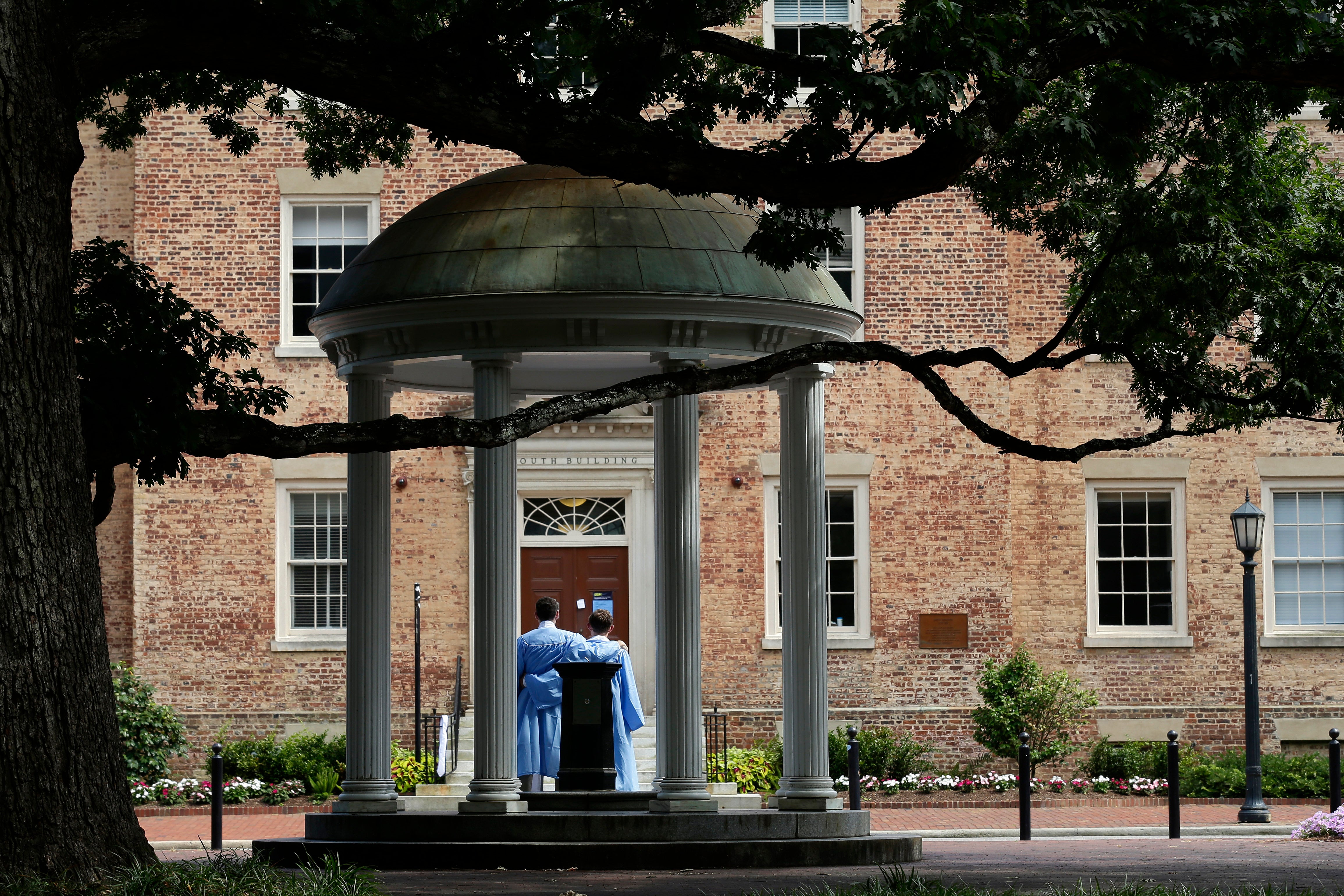Freshman classes provide glimpse of affirmative action ruling's impact on colleges
Some selective colleges are reporting drops in the numbers of Black students in their new freshman classes, the first admitted since a Supreme Court ruling struck down affirmative action in higher education

Some selective colleges are reporting drops in the number of Black students in their incoming classes, the first admitted since a Supreme Court ruling struck down affirmative action in higher education. At many other colleges, including Princeton University and Yale University, the share of Black students changed little.
Several schools have seen swings also in their numbers of Asian, Hispanic and Native American students, but trends are still murky. Experts and colleges say it will take years to measure the full impact of last year's ruling that barred consideration of race in admissions.
Also affecting the makeup of first-year classes are other factors including changes in standardized test requirements and the botched rollout of a new financial aid form, which complicated decisions of students nationwide on where and whether to attend college.
“It’s really hard to pull out what one policy shift is affecting all of these enrollment shifts,” said Katharine Meyer, a fellow at the Brookings Institution think tank. “The unsatisfying answer is that it’s hard to to know which one is having the bigger impact.”
On Thursday, the University of North Carolina at Chapel Hill reported drops in enrollment among Black, Hispanic and Native American students in its incoming class. Its approach to admissions has been closely watched because it was one of two colleges, along with Harvard University, that were at the center of the Supreme Court case.
The population of Black students dropped nearly 3 percentage points, to 7.8%, compared to the UNC class before it. Hispanic student enrollment fell from 10.8% to 10.1%, while the incoming Native American population dwindled half a percentage point to 1.1%, according to the university. The incoming Asian student population rose a percentage point to 25.8%. The amount of white students, at 63.8%, barely changed.
It is “too soon to see trends” from the affirmative action decision, said Rachelle Feldman, UNC’s vice provost for enrollment. She cited the delays in the Free Application for Federal Student Aid application process as another possible influence on the makeup of the incoming class.
“We are committed to following the new law. We are also committed to making sure students in all 100 counties from every population in our growing state feel encouraged to apply, have confidence in our affordability and know this is a place they feel welcome and can succeed,” Feldman said.
Some colleges reported sharp declines in the percentages of Black students in their incoming class, including drops from 15% to 5% at the Massachusetts Institute of Technology and 11% to 3% at Amherst College. At Tufts University, the drop in the share of Black students was more moderate, from 7.3% to 4.7%. At Yale, the University of Virginia and Princeton, the change from year-to-year was less than a percentage point.
Many colleges did not share the demographics of applicants, making it impossible to know whether fewer students of color applied or chose not to attend.
Changes in other demographic groups also did not follow a clear pattern. At MIT, for example, the percentage of Asian students increased from 40% to 47% and Hispanic and Latino students from 16% to 11%, while the percentage of white students was relatively unchanged. But at Yale, the percentage of Asian students declined from 30% to 24%. White students at Yale went from 42% of the class to 46% and Hispanic and Latino students saw an increase of 1 percentage point.
Colleges have been pursuing other strategies to preserve the diversity they say is essential to campus life.
JT Duck, dean of admissions at Tufts, emphasized the school would work on expanding outreach and partnerships with community organizations to reach underrepresented, low-income and first-generation students. He cautioned against reading too much into year-to-year changes in enrollment.
“The results show that we have more work to do to ensure that talented students from all backgrounds, including those most historically underrepresented at selective universities, have access to a Tufts education. And we are committed to doing that work, while adhering to the new legal constraints,” he said in an email. “We’ve already done a lot of work toward these ends and look forward to doing even more.”
The drops in underrepresented minority students at colleges that have released data are smaller in scope than when states like Michigan and California passed bans on affirmative action decades earlier, Meyer said. When those bans were passed, the research on effective, non-race based ways of recruiting and enrolling a diverse class were less well-developed and researched, Meyer said.
___
The Associated Press’ education coverage receives financial support from multiple private foundations. AP is solely responsible for all content. Find AP’s standards for working with philanthropies, a list of supporters and funded coverage areas at AP.org.
Bookmark popover
Removed from bookmarks